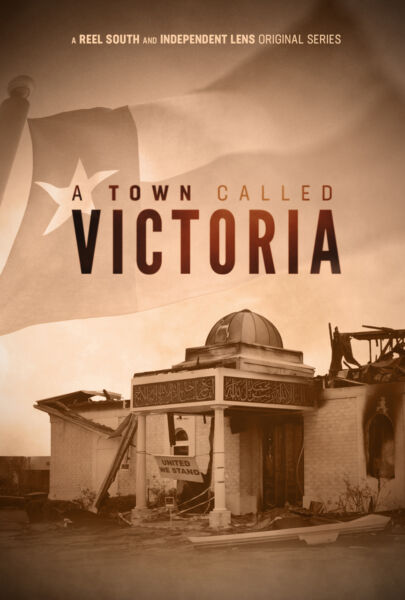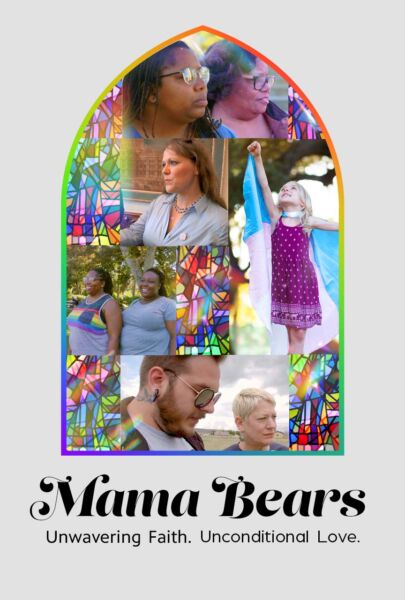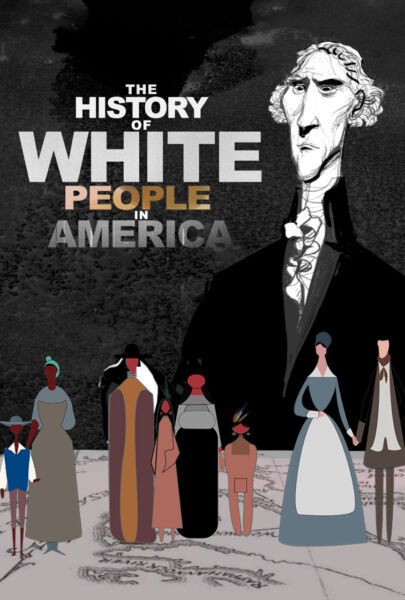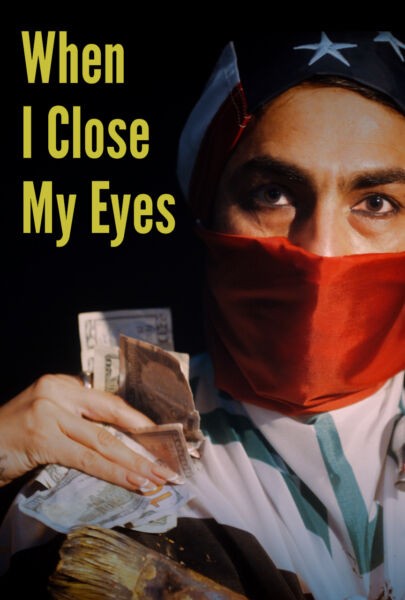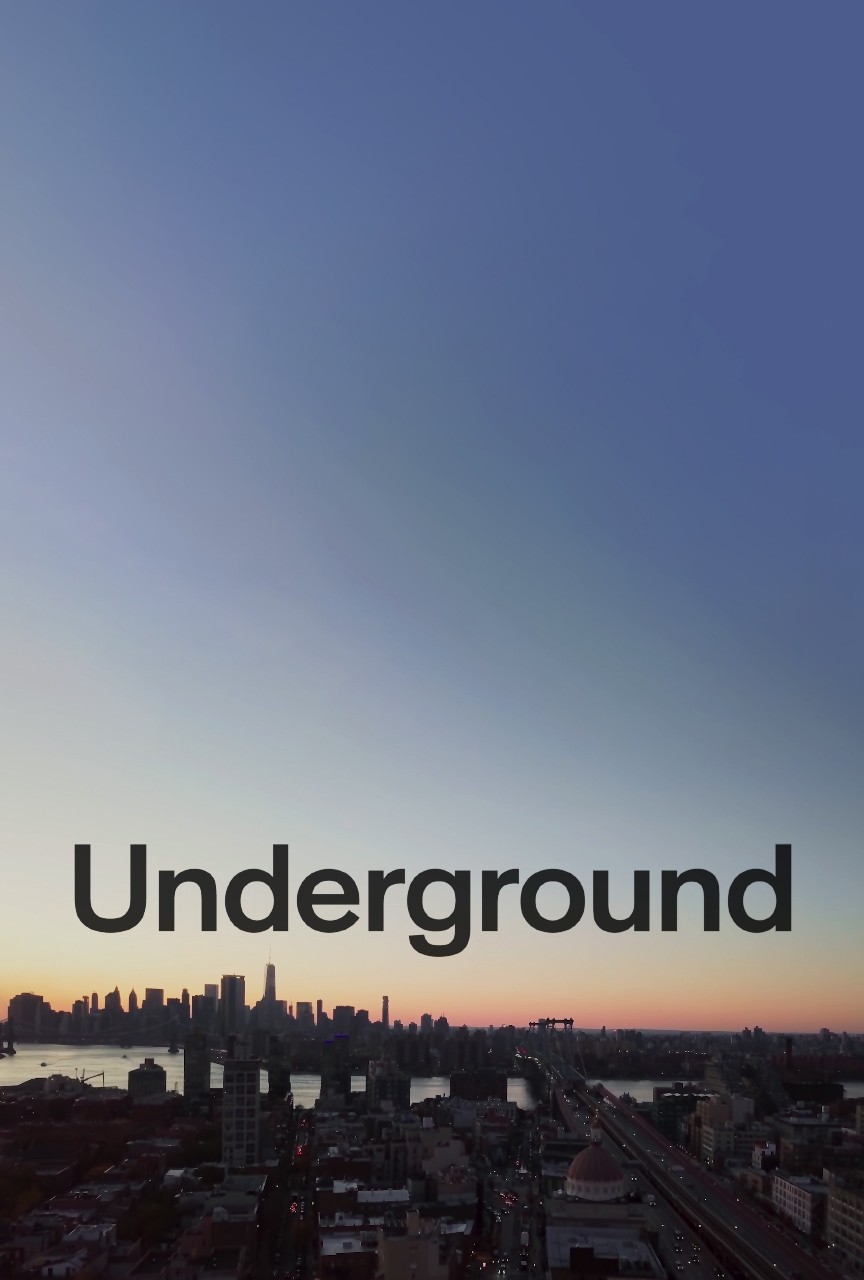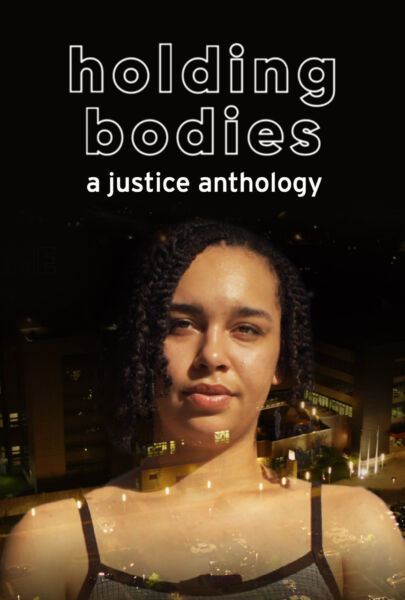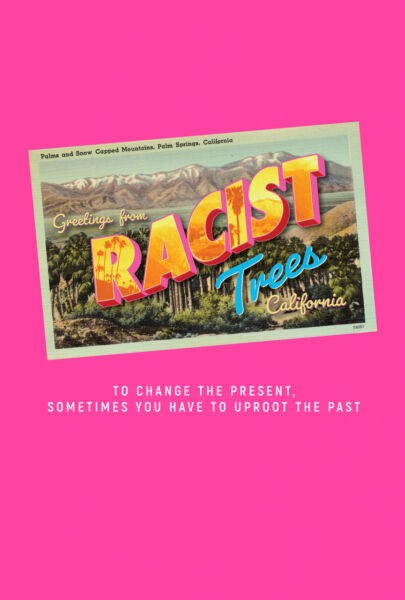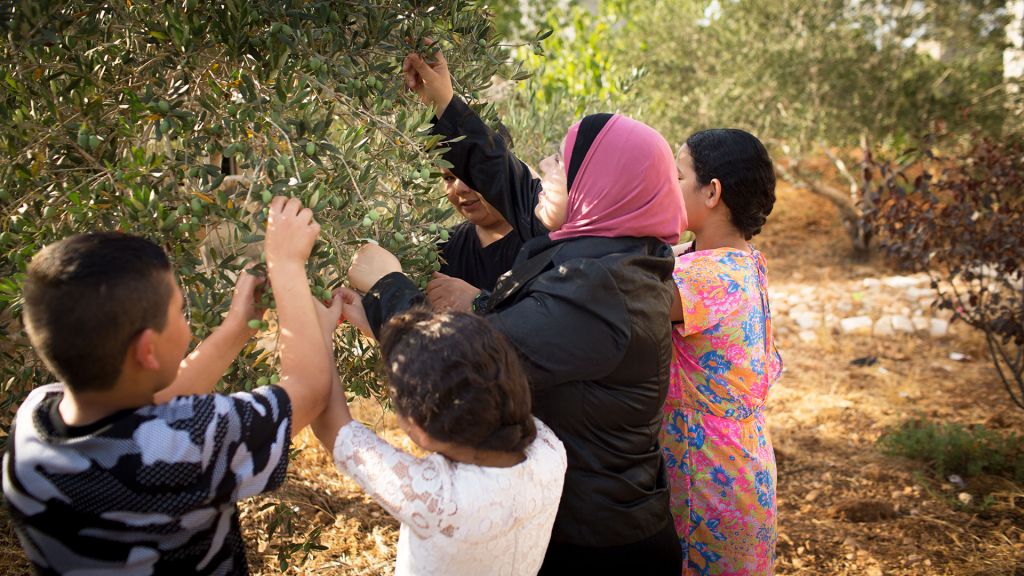
Erika Cohn, who co-directed (with Tony Vainuku) the Emmy Award-winning Independent Lens doc In Football We Trust, went from the gridiron in Utah to the Shari’a courts of Palestine for her follow-up film The Judge, the story of the first-ever female judge in Palestine’s religious courts.
The film is “a welcome femme-empowered portrait of an inspirational female Shari’a judge,” wrote Variety. It is “a portrait as delightful as its subject: Kholoud Al-Faqih, a pioneer of Islamic jurisprudence and as fiery as any Western feminist. Essential viewing for its smashing of stereotypes,” adds MaryAnn Johanson.
Cohn spoke to us about how she came to tell this unfolding vérité legal drama that offers a perception of Shari’a law unlike any we’ve seen before.
What led you to want to make a film about Judge Khouloud and go to the Middle East?
I have always been fascinated with how law is interpreted – how power, economics and/or status can influence implementation. I am captivated by the intersection and tension between religion, culture, and identity. I am drawn to narratives about strong women. Kholoud’s story stuck with me and I felt that her experiences might invoke a more nuanced understanding of Shari’a, challenge rapidly increasing global Islamophobia and highlight positive advancements for women by women in the Middle East, which are often uncovered or ignored by mainstream media.
What were some of the biggest challenges you faced in making this film? Logistically, technologically, culturally…
The first challenge was approaching the Qadi al-Quda (Chief Justice) to gain access to the Shari’a courts. After numerous meetings and proposals (which were later repeated every time a new Qadi al-Quda was appointed…3 times in total), I was granted full access. I believe this was only achievable given our team’s non-threatening presence, my gender, and compact camera kit.
Within the courts, we unobtrusively captured proceedings with GoPros and small DSLR cameras. When people would come into court, I would briefly describe the project, then ask for permission to film or record their voices. Because of the sensitive nature of the proceedings, some chose not to participate or agreed to participate if they could remain anonymous.
Cinematographer Amber Fares and I visualized cases that occurred when we weren’t filming or when it was necessary to preserve individuals’ anonymity via obscured recreations, primarily shot with a moving slider camera.
The Judge was shot over a 5-year period, only 6 months of which I was living in Jerusalem or Ramallah. The remainder of the shoots took place in month-long increments, every other year and a couple of pick up shots towards the end. Not living in the same place as Judge Kholoud throughout the project’s entirety was difficult, given that this is a cinema verité film.
As the years went by, our cameras upgraded. Editors Sara Maamouri and Ken Schneider masterfully played with time and continuity, seamlessly and creatively addressing these challenges.
In the edit, we sorted through hundreds of hours of footage, ultimately interweaving intimate verité footage from Kholoud’s home life and unprecedented drone aerials of the West Bank, painting a unique and vivid portrait of Palestine’s raw beauty. However, we struggled with how to address the complexities of law in Palestine. Palestine has legal remnants of the Ottomans, the Hanafi Islamic school of thought, British, Jordanians, Egyptians and Israelis.
In addition, given the political complexity and varying forces at play, the West Bank, East Jerusalem, West Jerusalem, and Gaza all have different laws. Therefore, a ruling made in one territory may not be applicable in another. How much legal and historical context viewers might want or need?
Through a series of test screenings, we were able to examine what audiences were responding to, and ultimately stayed true to Kholoud’s story, only addressing the legal challenges and backdrop, as it related to her life within the scope of the film.
Could you talk about the interesting use of music and sound in the film?
Music plays a key role in The Judge. Kholoud embodies what jazz music means to me – she resists oppression, asserts her right to equality and does so boldly. I wanted to take that feeling and voice it in a musical score that incorporated Middle Eastern music elements but didn’t want to orientalize or exoticize the film. I couldn’t find temp music that conveyed the right feeling…therefore our early cuts felt disjointed and conventional.
Working on a shoestring budget, composer Omar Fadel and I worked together to construct 10 minutes of music with a unique, organic aesthetic of piano, cello, guitar, and pedal steel. I used the stems from this music suite to craft the temp music, which created a much more authentic feel and helped inform the remainder of the edit. Once we received funding from ITVS, Omar began scoring the film, which became the soul and heartbeat of The Judge.
Jim Lebrecht with Berkeley Sound Artists worked wonders on this audio and was able to blend in with the material shot of different time periods. In addition, he and his team were able to bring Palestine to life through sound (insects, cars, the air, the calls to prayer, the language, the flow of everyday life), transporting viewers with a more immersive experience.
[custom_html]
How did you gain the trust of Judge Kholoud, her family, and the other people featured in the film?
While I was on a shooting hiatus with my last film, In Football We Trust, I received a Rotary Ambassadorial Scholarship in Israel/Palestine. There I taught film, mentored local filmmakers, assisted NGOs in launching media advocacy projects, and continued my post-graduate research in Islamic feminism at Hebrew University. One day, a dear friend and colleague invited me to attend a Shari’a law reform meeting in Ramallah.
I was welcomed into a large conference room filled with the images of [Yasser] Arafat throughout the years hanging in old picture frames, and seated at a table surrounded by men in tarbooshes (hats that judges and sheiks wear). Then Judge Kholoud walked in and everyone stood to greet her. I was immediately struck by her presence – her confidence – her command of the room. I wanted to know more. Who was this woman? What was her story?
Though my Arabic comprehension was limited, I listened intently to a discussion about Palestine’s legal challenges, issues of domestic violence, regulations surrounding polygamy and the importance of raising the marriage age. I began to grapple with the complexities of law in Palestine. I understood that the law had remnants of the Ottomans, the Hanafi Islamic school of thought, British, Jordanians, Egyptians and Israelis.
However, I hadn’t fully appreciated the day-to-day legal implications. Given the political complexity and varying forces at play, the West Bank, East Jerusalem, West Jerusalem, and Gaza all have different laws. Therefore, a ruling made in one territory may not be applicable in another.
As Judge Kholoud passionately spoke about how women are disproportionately impacted by these inconsistencies and addressed the difficulties in creating a uniform legal system, I wondered why and how she decided to become a Shari’a judge. Judge Kholoud and I were introduced at the end of the meeting and I was moved by her charisma and personal story.
After spending her first years as an attorney representing women who were survivors of domestic violence, Kholoud felt she could best catalyze change in the Shari’a courts, where familial cases are adjudicated. She then turned to the Shari’a text to prove that women could be judges and began studying for the judicial exams. I remember asking her how she felt about the mistreatment of women under Shari’a…to which she responded, “the problem isn’t with the Shari’a, it is with the interpretation (or rather misinterpretation).”
Upon learning I was a filmmaker, Kholoud immediately expressed enthusiasm in making a film about her journey. She hoped that sharing her story would inspire other women and girls throughout the Muslim world to pursue leadership roles in their communities, despite cultural and/or traditional norms. I felt that her experiences might invoke a more nuanced understanding of Shari’a, challenge rapidly increasing global Islamophobia and highlight positive advancements for women by women in the Middle East, which are often uncovered or ignored by mainstream media and she very much appreciated my approach.
What’s one scene in The Judge that had the most impact on you personally?
I absolutely love the scene where Kholoud is speaking to the group of women, who bring up their legal concerns with her. When one woman asks how we should treat men whose wives leave them, Kholoud responds that we should allow women to leave their homes and their husbands, just like men do with her their wives, and a whole debate erupts. Kholoud is a revolutionary and I so enjoy watching people’s reactions to her.
What do you hope audiences take away from the film?
Judge Kholoud’s resilience and determination greatly impacted our entire team and will encourage others around the world to persevere through adversity – in asserting legal rights, achieving gender justice and challenging cultural and traditional norms. I believe her story reflects a collective struggle for women’s control over their bodies, economic welfare, custodial rights, and marital status. I hope The Judge leaves viewers with a greater insight into Shari’a law and strong imagery of powerful Muslim women while illuminating some of the universal conflicts in the domestic life of Palestine.
How did you get into filmmaking?
I grew up in Salt Lake City, UT and started attending the Sundance Film Festival at a young age, where I fell in love with independent film. I deeply felt the power of cinema and craved the feeling of being transported into different worlds/places/cultures for a couple of hours. I was 15 when I made my first film, mentored by a local youth media program in conjunction with the Sundance Institute. At the time, I was struggling with how to self-identify as a non-Mormon, coming from an interfaith family in a city where faith defines who a person is. Film became a catalyst for me to express my frustrations with socio-cultural-religious alienation and to heal intergenerational wounds.
After this experience, I became committed to providing a platform for unheard voices to be heard and untold stories to be told. It’s a great privilege to be a storyteller, which comes with tremendous responsibility – which I do not take lightly, and I’m driven to using cinema to move audiences to a more just world.
On that topic, what are some of your favorite/most influential documentaries or feature films?
I have so many favorite and influential films. I really admire Kim Longinotto as a filmmaker; her films’ intimacy and cinéma vérité approach have inspired my work. I also love the rawness of the performances in Patty Jenkins’ Monster. When I was early in my career, I remember watching Imelda, Born into Brothels and Maria Full of Grace in the theatre and being awestruck. But there’s only one film that I can watch over and over and over again…and that is Best in Show.
What film/project(s) are you working on next?
Belly of the Beast: a feature-length documentary that intimately chronicles the journey of women fighting reproductive injustice.


